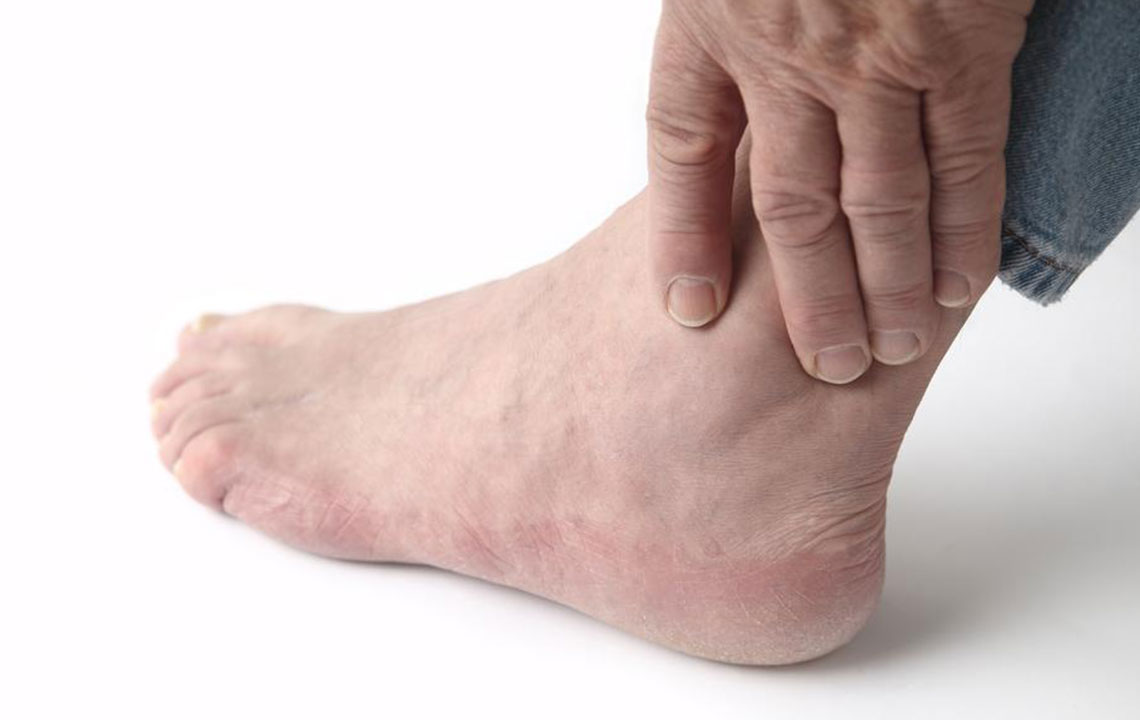Comprehensive Guide to Gout: Causes, Symptoms, Treatment, and Dietary Strategies
Gout is a painful form of arthritis caused by uric acid crystal buildup, affecting joints like the big toe and knees. Understanding its causes, symptoms, treatments, and dietary tips can help manage and prevent this condition. Lifestyle modifications, medication, and a customized diet are key to controlling gout and avoiding chronic joint damage. This comprehensive guide offers practical advice on how to live healthier and reduce gout flare-ups through effective management strategies and nutritional adjustments.

Comprehensive Guide to Gout: Causes, Symptoms, Treatment, and Dietary Strategies
Gout is a complex form of inflammatory arthritis characterized by sudden and intensely painful episodes affecting the joints. It occurs when uric acid crystals accumulate around joint tissues, leading to acute inflammation. Typically, gout manifests with severe pain, redness, swelling, and warmth in the affected joints, often striking the big toe, but it can also involve knees, ankles, wrists, and fingers. Recurrent attacks are common, each episode causing increased discomfort and potential joint damage if left untreated. Understanding the causes, symptoms, management options, and dietary recommendations is crucial for effective control and prevention of this painful condition.
Historically known as “the disease of kings,” gout's association with wealthier lifestyles stemmed from indulgent diets rich in meat, alcohol, and processed foods. Today, the risk factors have expanded with modern lifestyles. Obesity, excessive intake of high-purine foods, heavy alcohol consumption, and certain metabolic disorders significantly increase the risk of developing gout. Elevated uric acid levels in the bloodstream, a condition known as hyperuricemia, are the primary culprits behind crystal formation. Managing these factors is key to controlling gout symptoms and preventing future attacks.
Diet plays a vital role in both the development and management of gout. A gout-friendly diet centers on reducing high-purine foods, increasing intake of vitamin C, and incorporating dairy products that help lower uric acid levels. Nutritional strategies include moderating consumption of shellfish, red meats, organ meats, and certain types of fish such as sardines and anchovies, which are high in purines. Instead, focus on consuming more fruits, vegetables, whole grains, and low-fat dairy products. Adequate hydration is essential to help flush uric acid from the body, so drinking plenty of water throughout the day is recommended.
Symptoms of gout usually develop suddenly, often waking patients up in the middle of the night with intense joint pain. The affected joint becomes swollen, tender, and warm to the touch. Redness and heat are typical signs of inflammation. In some cases, patients may experience fever, chills, or fatigue during severe episodes. If untreated, gout attacks can leave joints permanently damaged or lead to the formation of uric acid kidney stones.
Effective management involves a combination of medication and lifestyle modifications. Anti-inflammatory drugs such as NSAIDs (non-steroidal anti-inflammatory drugs) and corticosteroids are commonly used to relieve pain during acute attacks. To prevent future episodes, doctors may prescribe uric acid-lowering medications like allopurinol or febuxostat. These medications work by reducing uric acid production or enhancing its excretion through the urine. Alongside medication, lifestyle changes such as gradual weight loss, regular exercise, and limiting alcohol intake play a crucial role. Patients are encouraged to maintain a healthy weight, stay well-hydrated, and avoid foods rich in purines.
In conclusion, gout is a manageable condition with proper treatment, dietary control, and lifestyle adjustments. Awareness of its causes and symptoms can lead to early intervention, reducing the risk of joint damage and improving quality of life. If you suspect you have gout or experience symptoms mentioned above, consulting a healthcare professional is essential for accurate diagnosis and personalized treatment planning. With concerted effort, individuals can effectively control gout and enjoy a healthier, pain-free life.





